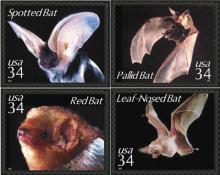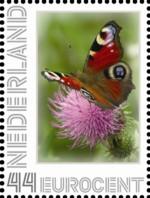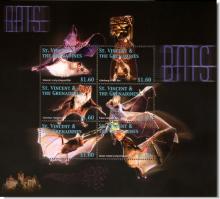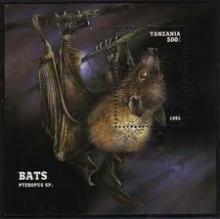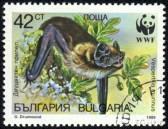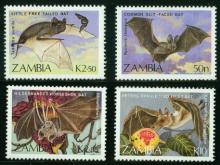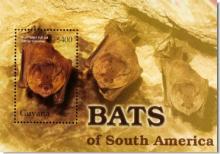Herbicides and insecticides can both affect the abundance of insect prey available to bats
Bats are intriguing animals – the world’s only true flying mammals and one of the most diverse mammal groups on Earth – second only to the rodents in number of species, they occur on every continent except Antarctica. Throughout Great Britain and Northern Ireland – as elsewhere in western Europe – bat populations have declined dramatically in recent years. Several species of bats are now seriously threatened, and in the last decade one species – the greater mouse-eared bat – became extinct as a UK breeding species. Even the more common bats have suffered dramatic declines. Pipistrelle numbers, for example, are estimated to have dropped by about 70% during the 15-year period 1978-1993. In the UK, bats eat only insects and changes in agricultural practices appear to be an important factor in declining bat numbers. Herbicides and insecticides can both affect the abundance of insect prey available to bats. Hedgerows and ponds, both widely used by bats, have been lost from the countryside at an alarming rate – even in recent years. For example 23% of hedgerows and 75% of ponds were lost during the period 1984 to 1990. Woodland habitats, including old trees, have declined also.


